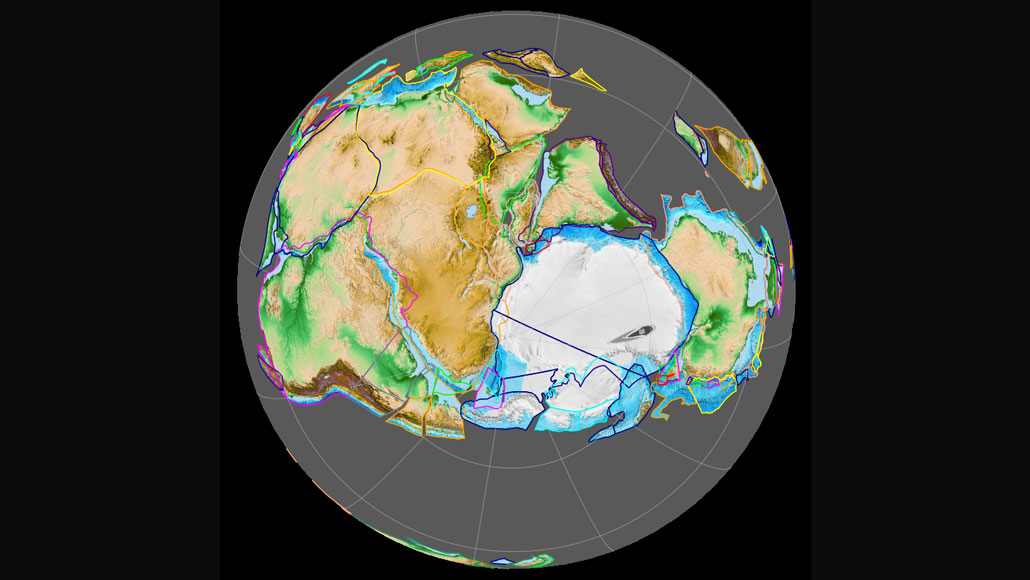50 years ago, an Antarctic fossil pointed to Gondwanaland’s existence
Fossils unearthed since indicate the southern continents were once linked in a giant landmass

LANDMASSES, ASSEMBLE Fifty years ago, the scientific community was on the cusp of accepting that Earth’s southern continents were once smushed together in a giant landmass they called Gondwanaland.
Fama Clamosa/Wikimedia Commmons (CC BY-SA 4.0)







